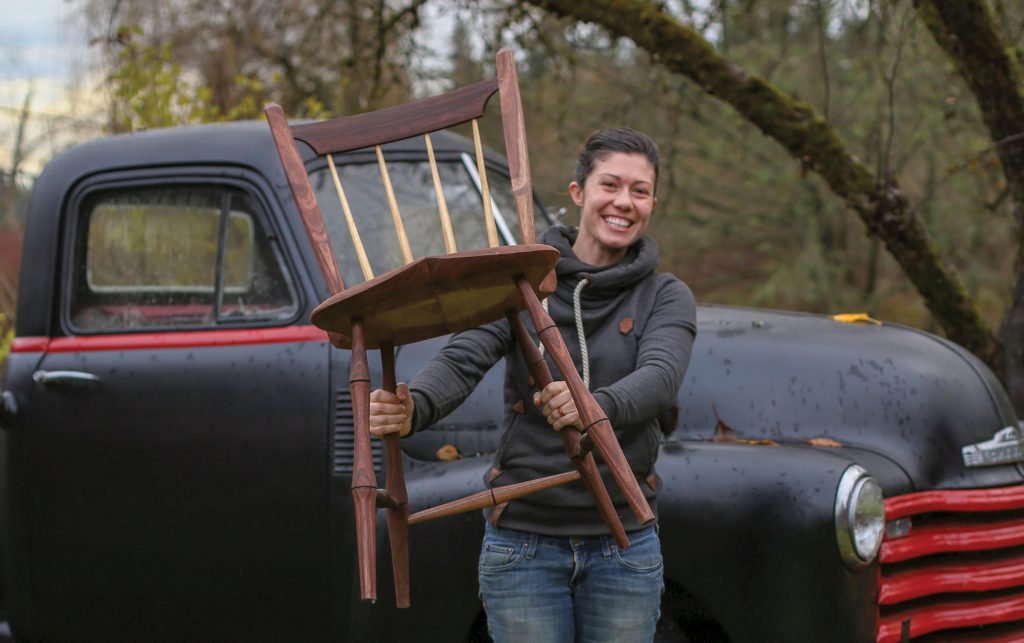We may receive a commission when you use our affiliate links. However, this does not impact our recommendations.
 We all face constraints. In the woodworking world, there are three that I’m always balancing: time, tools and space. I don’t build things nearly as much as I should.
We all face constraints. In the woodworking world, there are three that I’m always balancing: time, tools and space. I don’t build things nearly as much as I should.
With an old house (circa 1906), much of my woodworking time turns into fixing and matching trim, reframing walls and carefully removing plaster and lathe, so as not to damage more of it than I have to. There’s also a fair amount of detective work and bargaining going on: Where did this wire come from? Why are there three doorbell transformers? How far out of level is too far? In essence, a quick home repair quickly turns into a time suck.
On the tools front, I’m very fortunate. Very rarely am I lacking in what I need to make or build or repair something. Do I wish I had a 20″ planer and 12″ jointer in my garage (like we have in the Pop Wood shop)? Sure. But you can build beautiful furniture without those two tools, too.
Space is a tricky thing, especially having lived in a city apartment for a decade and a half. I’d carve out an area for a modest shop for a bit, but it never lasted more than a few months at a time (until I convinced a buddy that his basement would make a great workshop). It was a lot of shuffling things around, and I’d usually spend more time setting up, finding things and cleaning up than building. But for projects that really needed to happen, I made it work.
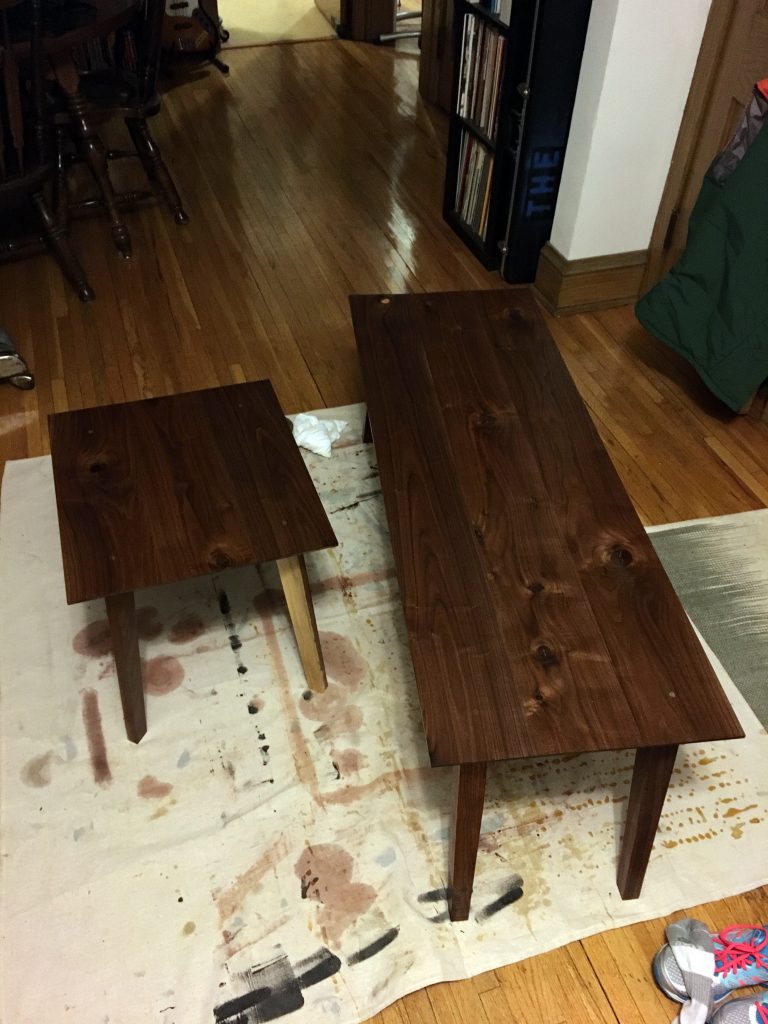
This is where I finished things when I lived in an apartment—the living room. It wasn’t ideal, but it got the job done. It’s helpful to have an understanding partner (and no coffee or side tables in the space yet).
And really, making it work is essential to woodworking. Making Windsor chairs doesn’t require a ton of tools or space. With a few hand tools, a shave horse, a lathe, and a place to clamp things, you’re set. And, if you ask Anne Briggs (and many other chairmakers), it’s a life-changing experience.
Read: How (and Why) to Build a Windsor Chair
The same goes for building a Japanese writing box or a machinist-inspired tool chest (both featured in the June 2019 issue of Popular Woodworking). If you can cut things to length, use a chisel and a plane and have a place to hold work while you cut joinery, you can build both of these projects.
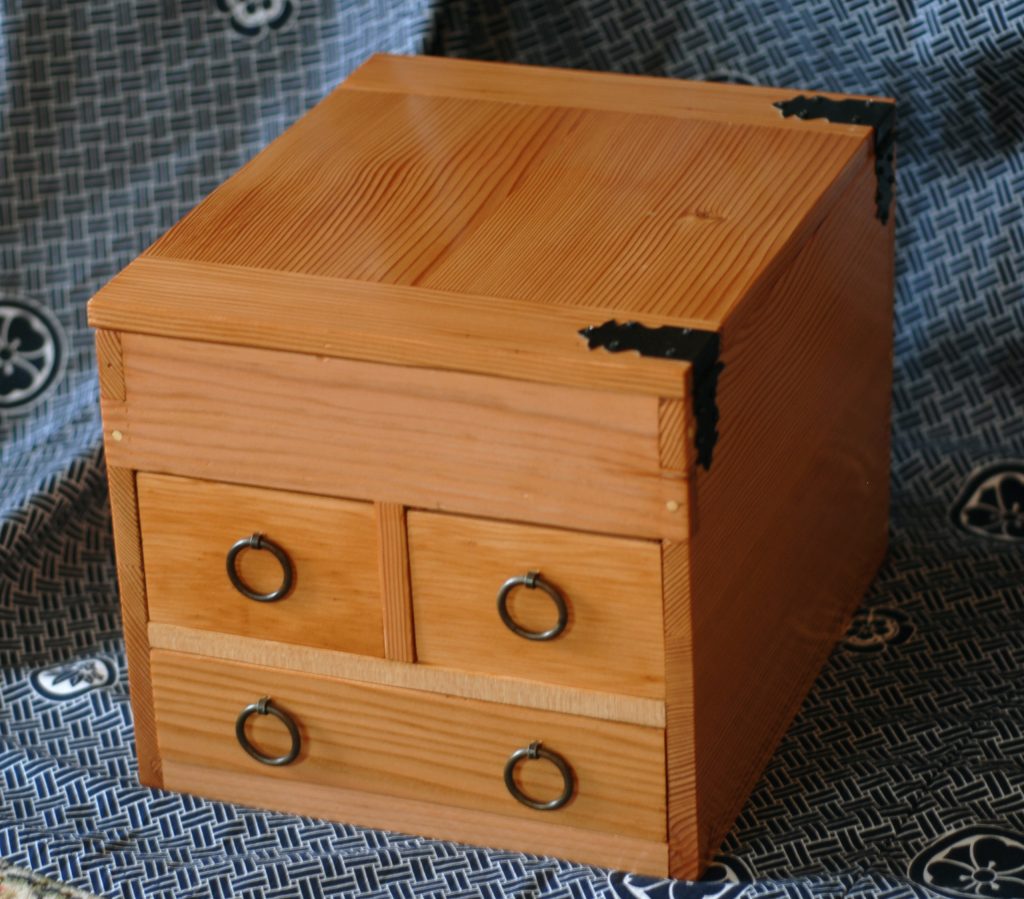
Japanese Writer’s Box by Michael Crow
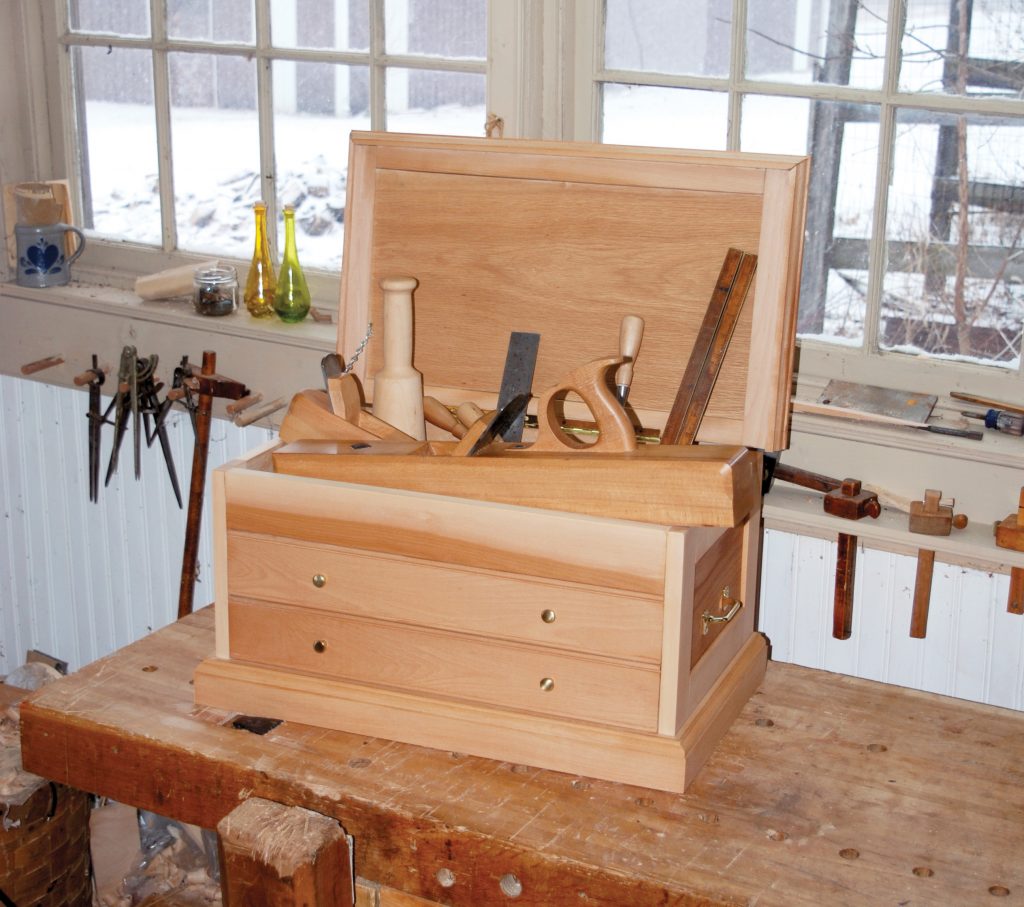
Machinist’s Tool Chest by Zachary Dillinger
For the lucky ones (myself now included), with a full complement of power and hand tools and the space for them, time can be the biggest constraint. That’s why I really like Willie Sandry’s walnut table, with solid construction, good details and interesting inlay cut efficiently with a router. It can be built in a weekend so you can get back to being the things you are when you’re not a woodworker. And if it takes you two weekends, that’s two weekends spent doing one of the best things you can do: making cool stuff with your own two hands.
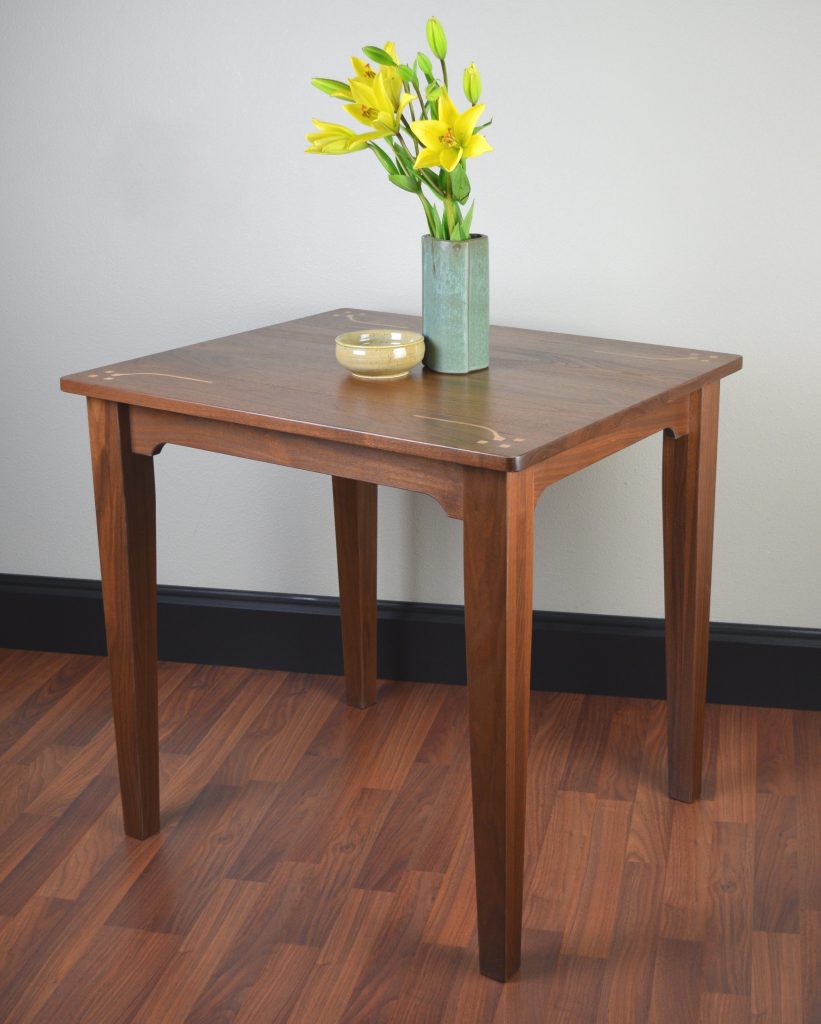
Willie Sandry’s Walnut Table
Here are some supplies and tools we find essential in our everyday work around the shop. We may receive a commission from sales referred by our links; however, we have carefully selected these products for their usefulness and quality.



